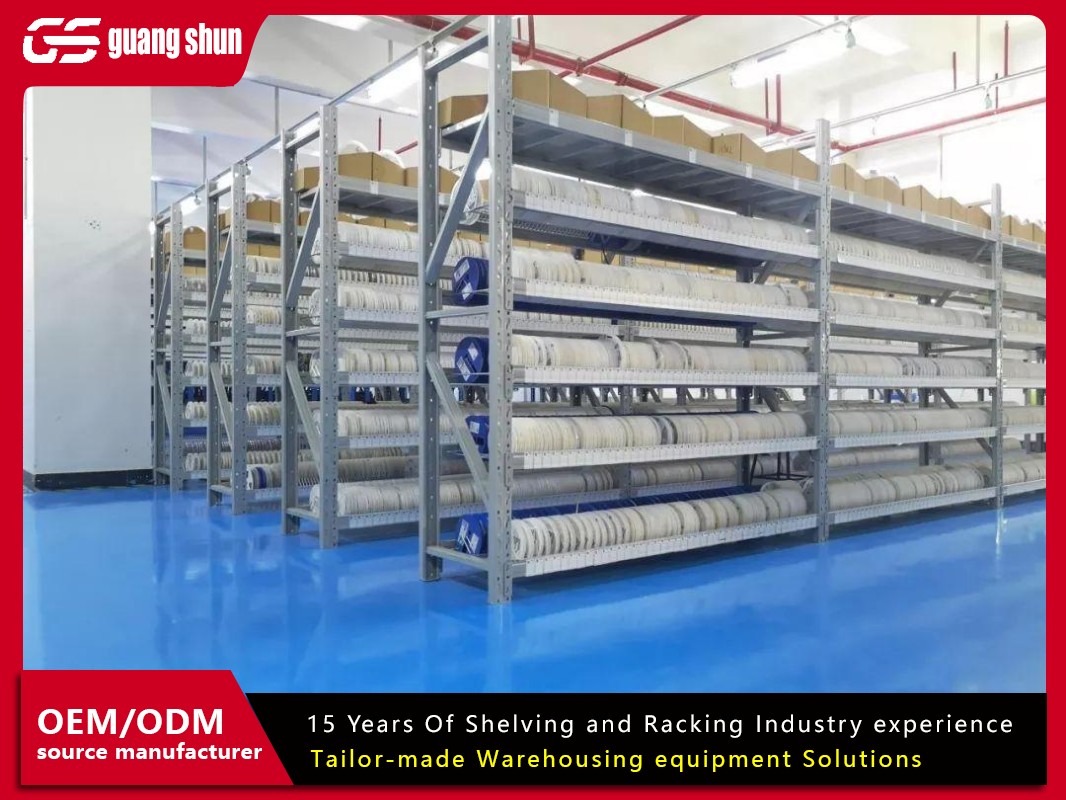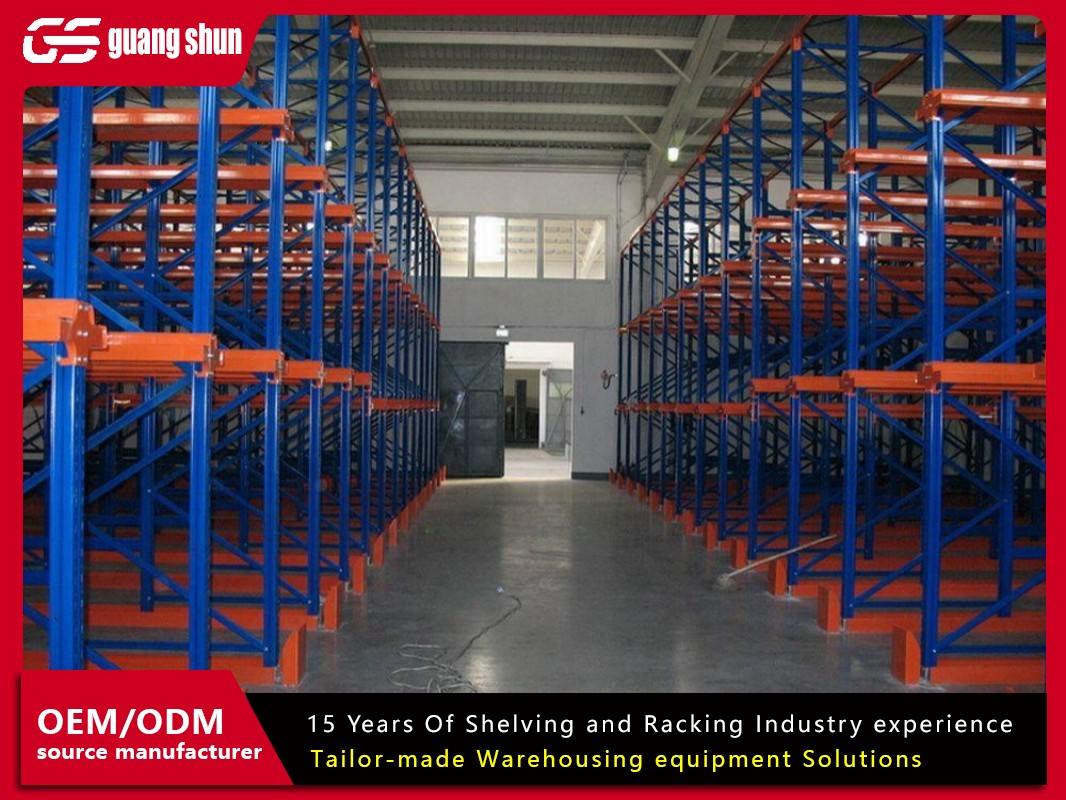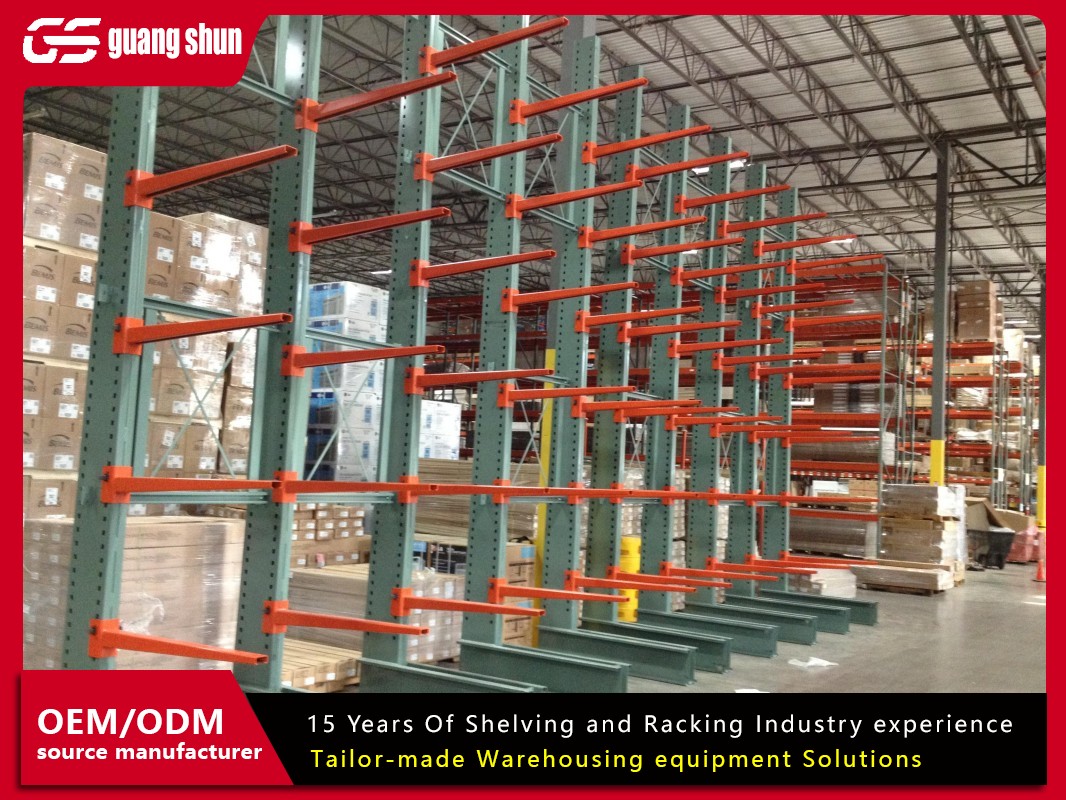In the relentless pursuit of warehouse efficiency, speed, and accuracy, the choice of storage equipment is paramount. Among the myriad of solutions available, one system consistently stands out for its elegant simplicity and profound impact on operational productivity: carton flow racking systems.
Also known as gravity flow racking, these dynamic systems are a cornerstone of efficient order picking and inventory management. But what exactly are they, and why are they considered a game-changer for so many distribution centers, retail backrooms, and manufacturing facilities? This in-depth guide will explore the carton flow racking systems from multiple angles, detailing their benefits, inner workings, and ideal applications to help you determine if they are the right fit for your operation.
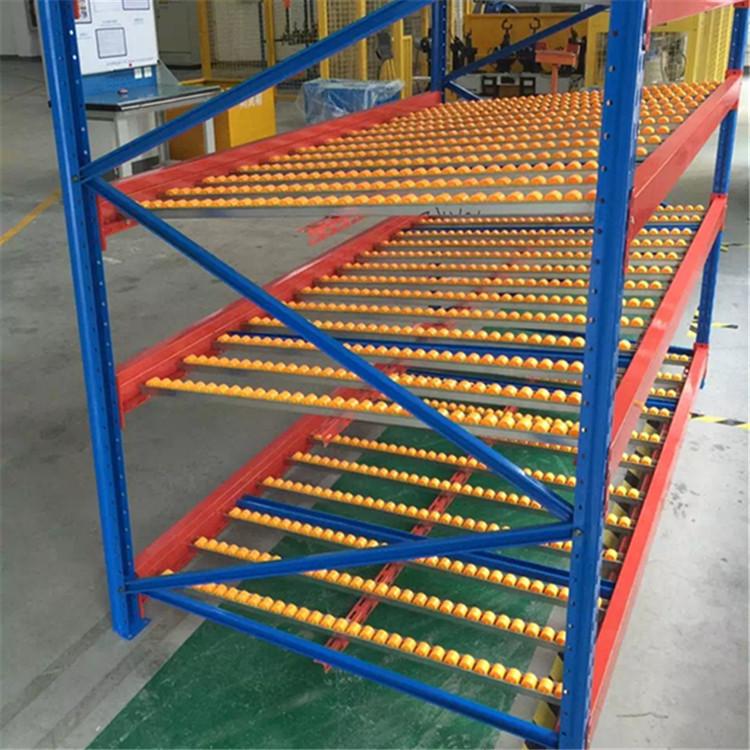
At its core, a carton flow racking system is a high-density, live storage solution that utilizes the power of gravity to move inventory. Unlike traditional static shelving where items remain in place until manually retrieved, carton flow systems are designed for constant movement.
The system is built on a sloped rail or track structure installed within a standard pallet racking frame. Rollers or wheels are mounted on these tracks, creating a low-friction surface. Loaded from the rear (the "load" side), cartons or totes glide effortlessly down the incline toward the front (the "pick" side). This creates a self-replenishing stock system where, as the front-most item is picked, the next one immediately moves into its place, ready for the next order.
This gravity-fed design enforces the First-In, First-Out (FIFO) inventory method perfectly. The oldest stock, loaded first, is always at the front to be picked first, which is crucial for perishable goods or items with expiration dates. The entire mechanism is a masterpiece of engineering simplicity, eliminating the need for complex machinery or energy consumption to move goods.
Maximizing Space Utilization and Storage Density
One of the most compelling reasons to invest in carton flow racking systems is their unparalleled ability to maximize cube space. In traditional warehousing, a significant amount of space is wasted in aisles dedicated to accessing stored goods.
Reduced Aisle Footprint: With carton flow, picking is done from a single, narrow aisle at the front of the system. There is no need for operators to enter the storage bays to access products. This allows warehouses to drastically reduce the number of aisles and shrink the width of the remaining ones, as only order-picking carts or personnel need to pass through, not forklifts.
Increased Vertical Storage: These systems make full use of the available vertical height of a facility. By building upwards and utilizing the depth of the rack bay for flow, you can store a much larger volume of inventory within the same square footage. This high-density storage is a direct answer to rising real estate costs and the need to store more SKUs in a finite space.
By consolidating storage into a smaller footprint, businesses can free up valuable floor space for other value-added activities like value-added services (kitting, packaging), or simply accommodate growth without the need for physical expansion.
Dramatically Enhancing Order Picking Efficiency and Accuracy
Order picking is often the most labor-intensive and costly activity in a warehouse. Carton flow racking systems are specifically engineered to optimize this process.
Ergonomic and Faster Picking: Pickers no longer need to walk, climb, or reach into deep shelving. They remain in a single, ergonomic "golden zone" at the front of the rack. The next item is always presented right at waist or chest level, minimizing bending, stretching, and walking time. Studies have consistently shown that reducing picker travel time is the single biggest factor in increasing picking rates. Carton flow can often double or even triple picking productivity compared to traditional methods.
Improved Order Accuracy: These systems naturally enhance accuracy. Because each SKU is assigned to a specific lane, the opportunity for mis-picks is significantly reduced. The picker sees only the correct product in each lane, eliminating confusion that can arise from looking at multiple similar items on a large shelf. This reduction in errors saves time, money, and improves customer satisfaction.
The cumulative effect is a faster, less fatigued, and more accurate workforce, directly translating to lower operational costs and higher throughput.
Ideal Applications and Industries for Carton Flow
The versatility of carton flow racking systems means they benefit a wide range of industries. Any operation with a high number of SKUs, medium to high turnover rates, and a need for efficient order fulfillment is an ideal candidate.
E-commerce and Retail Distribution: Perfect for fulfilling a high volume of small-item, multi-SKU orders typical in online retail. They are excellent for storing popular, fast-moving consumer goods.
Cold Storage and Perishables: The inherent FIFO functionality is critical for food, beverage, and pharmaceutical industries where product rotation is mandatory to prevent spoilage and ensure safety.
Automotive and Manufacturing: Ideal for storing and kitting small parts, components, and sub-assemblies for production lines, ensuring a continuous flow of materials.
Apparel and Entertainment: Well-suited for handling boxes of clothing, shoes, books, and media products that need to be sorted and shipped quickly.
Essentially, if your operation involves case picking or broken-case picking of items that can be stored in boxes or totes, a carton flow system is likely a superior choice.
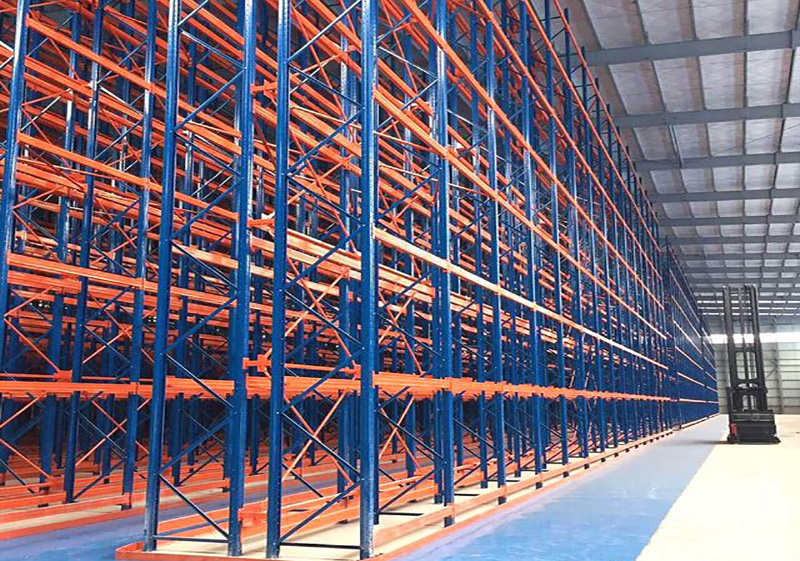
The Critical Role of SKU Profiling and Lane Depth
Implementing a successful carton flow racking system is not just about installing the hardware; it requires thoughtful planning around SKU profiling. This is the process of analyzing your inventory to determine the optimal setup for your flow lanes.
Key considerations include:
Velocity: Fast-moving SKUs should be assigned to lanes with higher capacity and placed in the most accessible locations. Slower movers can be placed higher or lower in the rack.
Cube and Weight: The physical size and weight of your cartons determine the type of flow media required (e.g., skatewheel for lighter loads, roller for heavier or rigid-bottom cartons) and the slope of the tracks.
Lane Depth: The number of cartons stored deep in a single lane must be carefully calculated. A lane that is too deep for its turnover will see older stock sit at the back for too long, negating the FIFO benefit. A lane that is too shallow will require frequent restocking, wasting resources. Proper slotting ensures each lane is tailored to the specific demand of its assigned SKU.
Improving Ergonomics and Workplace Safety
A safe warehouse is an efficient warehouse. Carton flow racking systems contribute significantly to a safer working environment.
Reduced Manual Handling: The need for workers to manually dig through shelves or handle heavy items in awkward positions is eliminated. The gravity-fed design does the work of moving heavy cartons to the pick face.
Elimination of Clutter and Hazards: With inventory contained within organized lanes and no need for pickers to enter storage aisles, the risk of trips, falls, and collisions is minimized. The picking aisles remain clear and unobstructed.
Reduced Forklift Traffic: Since restocking is done from the rear (often from a separate aisle), there is a clear separation of zones. forklift operations are confined to the loading areas, keeping order pickers in a much safer, pedestrian-only environment.
By reducing physical strain and minimizing common hazards, these systems help lower the rate of workplace injuries and associated costs.
Analyzing the Cost-Benefit and Return on Investment (ROI)
While the initial investment in a carton flow racking system can be higher than simple static shelving, the ROI is often rapid and substantial. The justification comes from calculating the savings and gains across multiple areas:
Labor Savings: The dramatic increase in picking productivity directly reduces labor hours per order picked. This is often the largest source of cost savings.
Space Savings: The value of the freed-up floor space can be quantified. This space can be used for revenue-generating activities or can prevent the need for costly facility expansion or relocation.
Accuracy Savings: Reducing mis-picks saves the cost of reshipping, processing returns, and potential loss of customer goodwill.
Safety Savings: Lower injury rates lead to reduced insurance premiums and fewer lost workdays.
When these factors are combined, most businesses find that the system pays for itself within a surprisingly short period, making it a strategically sound capital investment.
Carton flow racking systems are far more than just storage; they are a holistic solution designed to optimize the most critical aspects of modern logistics. From achieving incredible storage density and enforcing perfect inventory rotation to supercharging picking operations and enhancing safety, the advantages are clear and multifaceted. By understanding how these systems work and where they apply best, businesses can make an informed decision that will drive efficiency, reduce costs, and build a more resilient and scalable supply chain operation for years to come.



